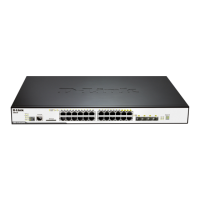Figure 5-30 Constructing a Shortest Path Tree - Completed
Note that this shortest path tree is only from the viewpoint of Router A. The cost of the link from Router B to Router
A, for instance is not important to constructing Router A’s shortest path tree, but is very important when Router B is
constructing its shortest path tree.
Note also that directly connected networks are reached at a cost of zero, while other networks are reached at the
cost calculated in the shortest path tree.
Router A can now build its routing table using the network addresses and costs calculated in building the above
shortest path tree.
Areas and Border Routers
OSPF link-state updates are forwarded to other routers by flooding to all routers on the network. OSPF uses the
concept of areas to define where on the network routers that need to receive particular link-state updates are
located. This helps ensure that routing updates are not flooded throughout the entire network and will reduce the
amount of bandwidth consumed by updating the various router’s routing tables.
Areas establish boundaries beyond which link-state updates do not need to be flooded. So the exchange of link-
state updates and the calculation of the shortest path tree are limited to the area that the router is connected to.
Routers that have connections to more than one area are called Border Routers (BR). The Border Routers have
the responsibility of distributing necessary routing information and changes between areas.
Areas are specific to the router interface. A router that has all of its interfaces in the same area is called an Internal
Router. A router that has interfaces in multiple areas is called a Border Router. Routers that act as gateways to
other networks (possibly using other routing protocols) are called Autonomous System Border Routers (ASBRs).
Link-State Packets
There are a number of different types of link-state packets, four of which are illustrated below:
1. Router Link-State Updates - These describe a router’s links to destinations within an area.
2. Summary Link-State Updates - Issued by Border Routers and describe links to networks outside the area
but within the Autonomous System (AS).
3. Network Link-State Updates - Issued by multi-access areas that have more than one attached router.
One router is elected as the Designated Router (DR) and this router issues the network link-state updates
describing every router on the segment.

